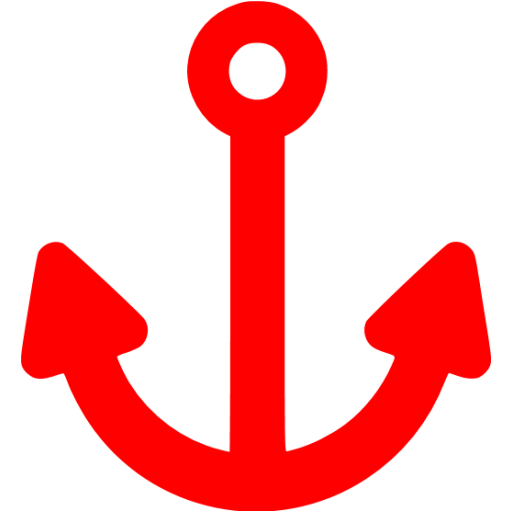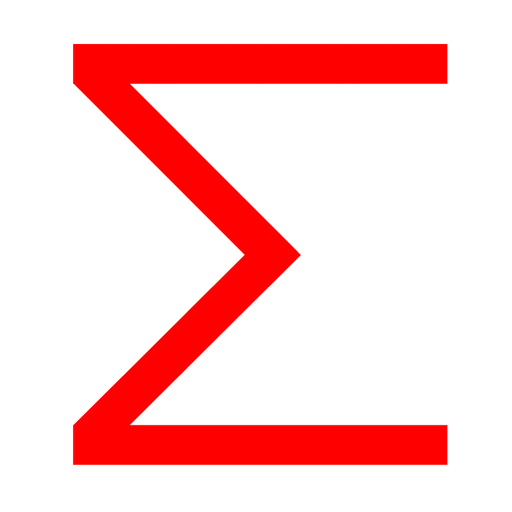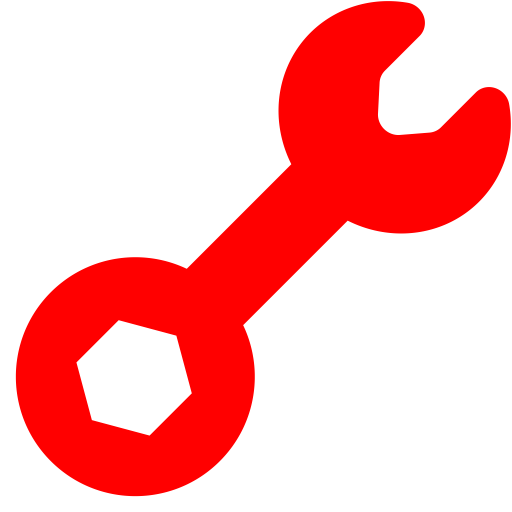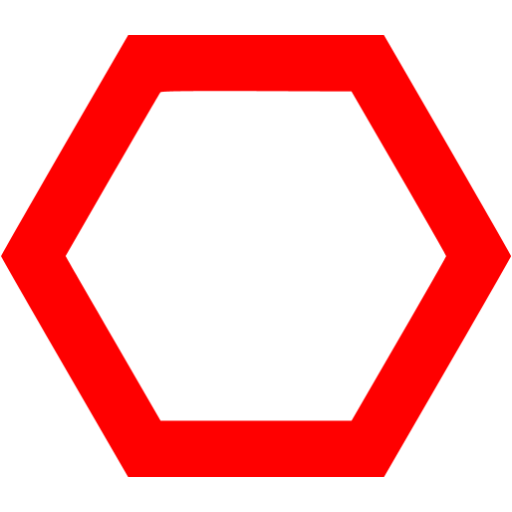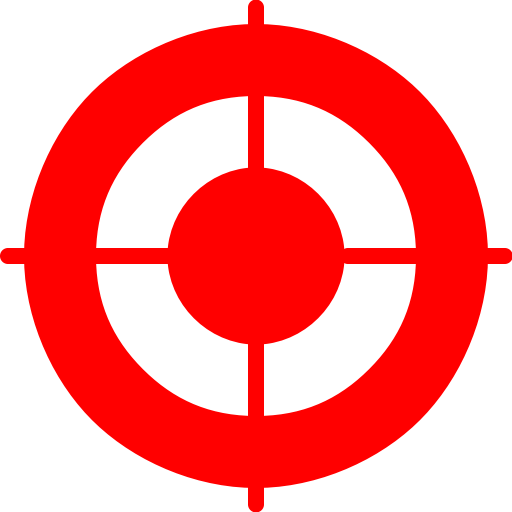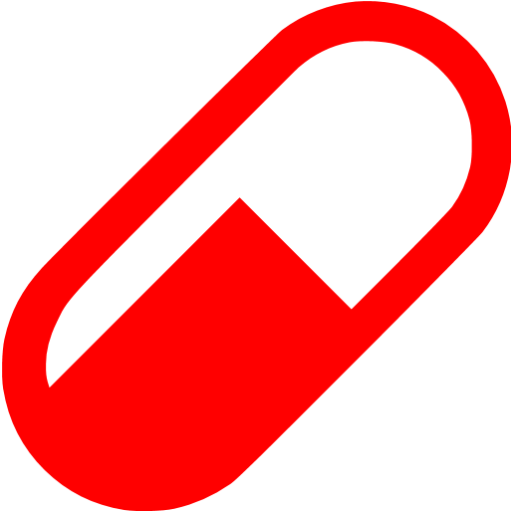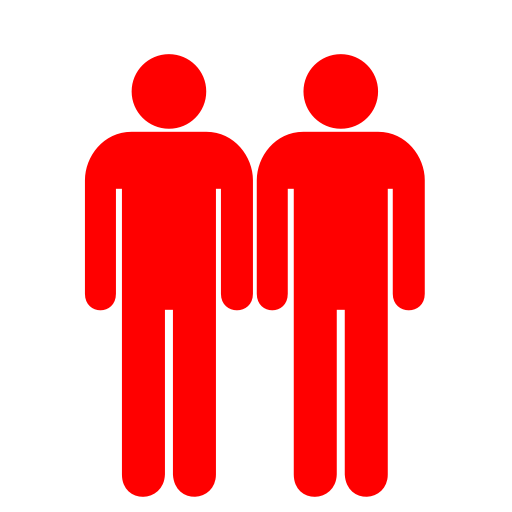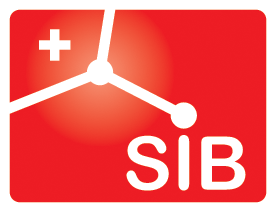Frequently Asked Questions
The main purpose of SwissParam is to provide user-friendly interface to create topology and parameters for small organic molecules compatible with the CHARMM all atoms force field,
for use with CHARMM and GROMACS.
These parameters are intended for "drug design" type calculations, like docking, minimizations, rapid binding energy estimation (LIECE), etc...
Once you untar the results.tar.gz file you obtain a results folder, in which you can find:
- a MATCH folder: if you selected both approaches;
- a MMFF folder: if you selected both approaches;
- tautomers.smi: containing tautomers smiles, their Mol2 file name and their pH range;
- tautomersImage.txt: file used to create the chart, contains the distribution of the query and its tautomers and protonation states between pH 3.0 and 10.0;
- _t1.mol2: if your input is a Mol2 file, you can find Mol2 files for each tautomers and protonation states.
- .mol2: the Tripos Mol2 file of your query;
- .par: the parameters file written to be compatible with CHARMM36;
- .pdb: the pdb file of your query written by MATCH;
- .prm: the parameters file written by MATCH;
- .rtf: the rtf file of your query written by MATCH;
- MATCH.log: the log of your MATCH job.
- .crd: the CHARMM CARD file of your query;
- .itp: the topology file of your query;
- .mol2: the Tripos Mol2 file of your query after corrections;
- .mol2.org: the Tripos Mol2 file of your query before corrections;
- .par: the parameters file written to be compatible with CHARMM36;
- .pdb: the pdb file of your query;
- .psf: the protein structure file of your query;
- .rtf: the rtf file of your query;
With the MMFF-based approach, the data are derived from the Merck Molecular ForceField (MMFF).
Dihedral angle terms as taken as is, while only the harmonic part of the bond, angle and improper terms are retained.
Charges are taken from MMFF. Van der Waals parameters are taken from the closest atom type in CHARMM36.
With the MATCH (multipurpose atom-typer for CHARMM) approach, the data are derived from CHARMM36 General ForceField.
Atom-types are assigned by a general chemical pattern-matching engine. Charges and force field parameters are assigned compared to a list of chemical fragments.
During the parameterization, it is possible that the job fails. In this case an error message will replace the progression bar. In most cases the error is caused by a bad Mol2, you can fix this by looking at this page. If you do not understand your error or if you cannot fix it please fill the contact form.
Uploading SMILES in the command-line can be difficult, as sometimes caracters are not taken into account in the curl command. If your SMILES does not appear in a correct form while checking your session, please try using UTF-8 encoding instead of ASCII.
To parameterize a covalent ligand, the reaction must be specified. Possible reactions are:
- aziridine_open: ring-opening mechanism on aziridine
- blac_open: ring-opening mechanism on β-lactam
- carbonyl_add: addition on carbonyl
- disulf_form: formation of a disulfide
- epoxide_open: ring-opening mechanism on epoxide
- glac_open: ring-opening mechanism on ɣ-lactam
- imine_form: formation of imine.
- michael_add: addition on Michael-like acceptor
- nitrile_add: addition on nitrile
- nucl_subst: nucleophilic substitution
Sometimes we are not able to convert all the tautomers from Mol2 files to SMILES. Tautomers can be found in the results as Mol2 files and in the distribution plot, but not in 2D structures, since they are created from the SMILES.
It is possible to set up GROMACS simulations with molecules parameterized with SwissParam. To do so, please follow instructions on this page.
